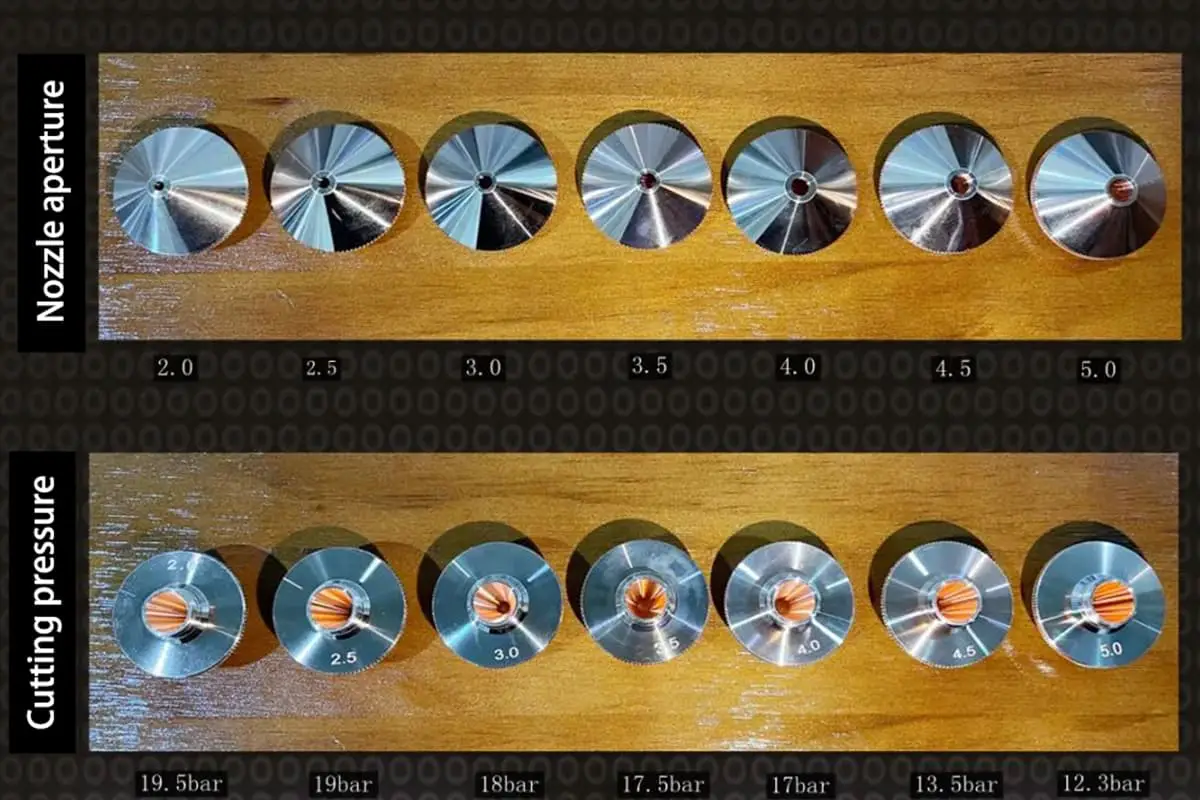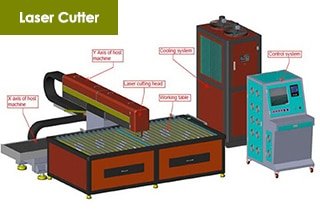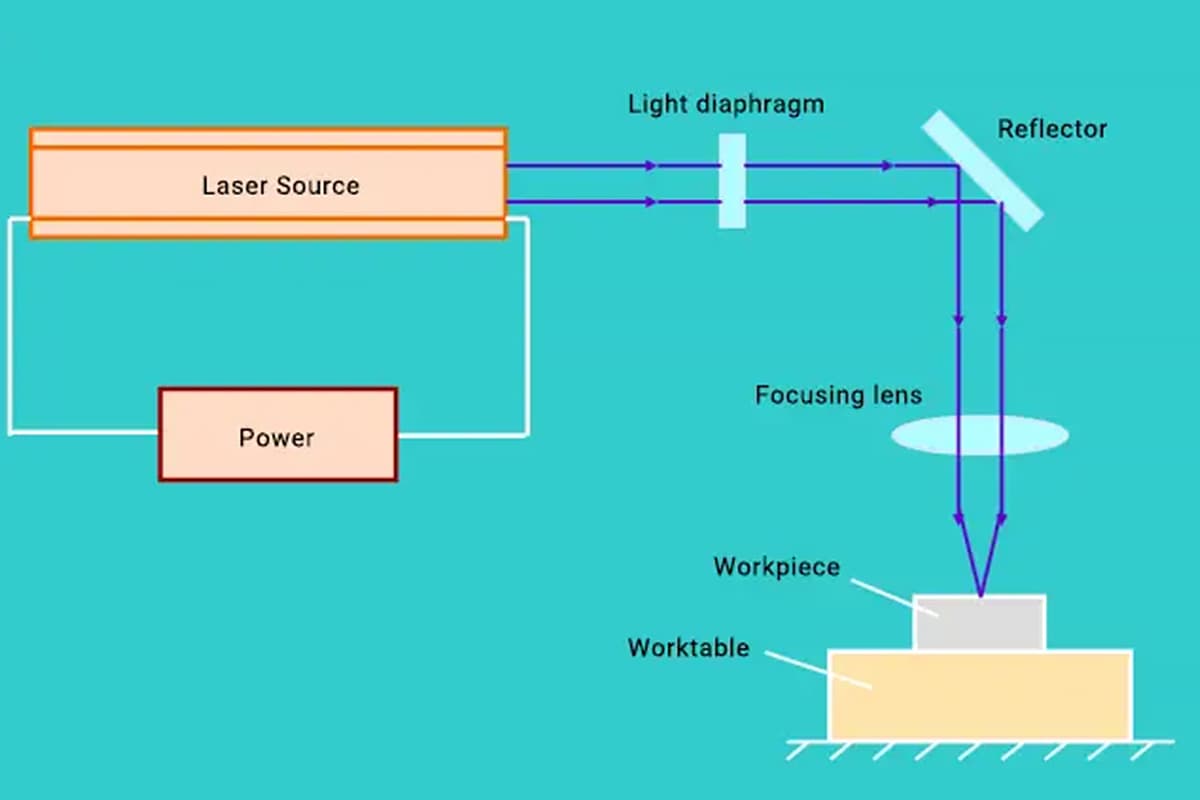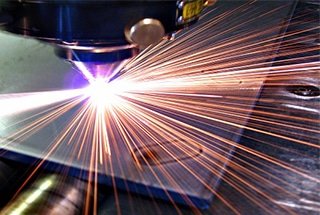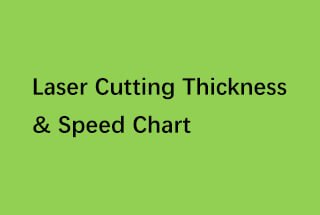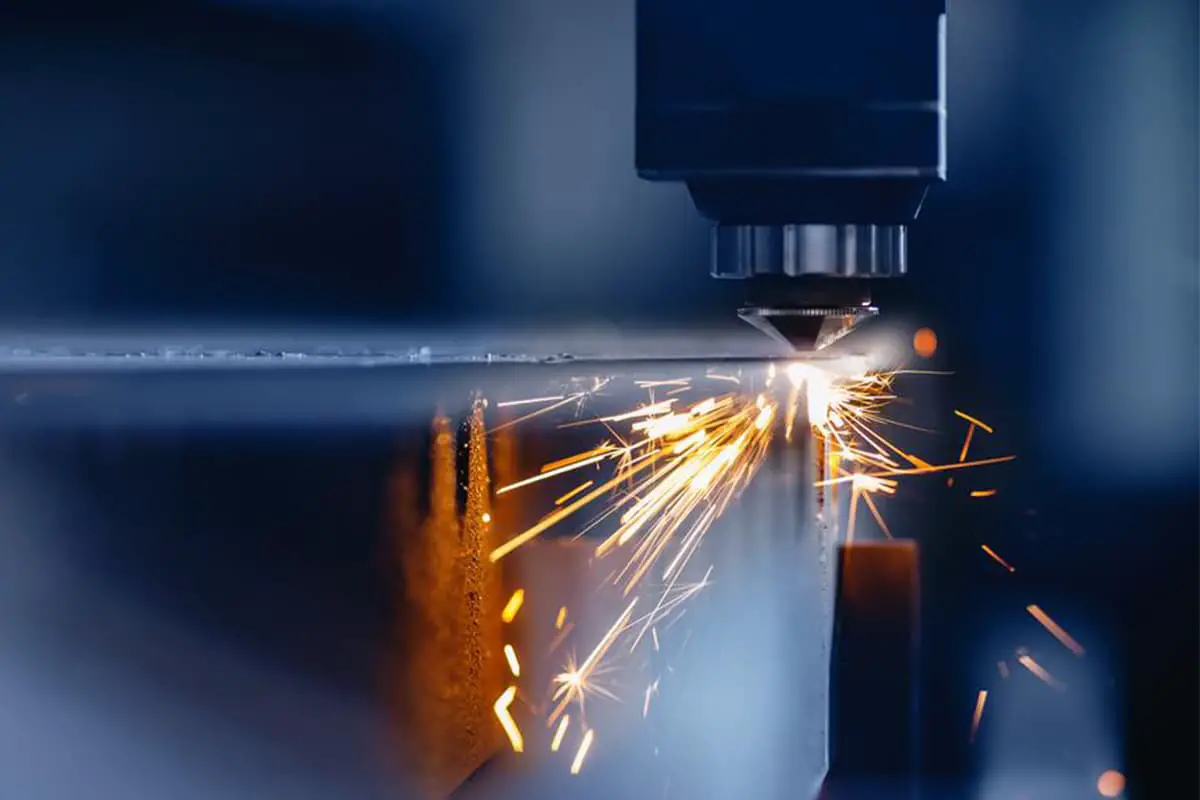
Ever wondered how the choice of a laser cutting head can make or break your metalworking projects? This article dives into the critical factors for selecting the right laser cutting head, detailing everything from lens ratios to maintenance tips. By understanding these key elements, you’ll be equipped to enhance your laser cutting efficiency and achieve optimal results in your manufacturing processes.
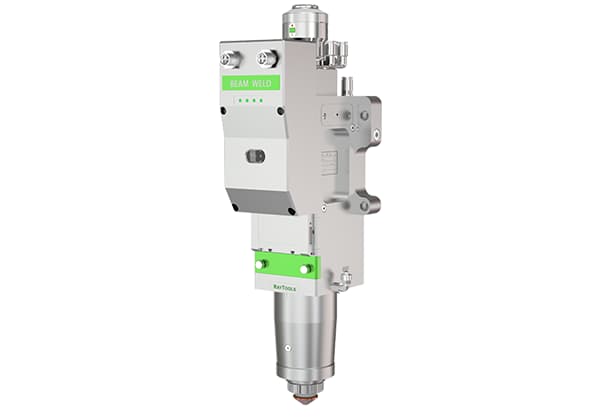
Cutting head is a core component of a laser cutting machine, which directly affects the quality of material cutting and it is also one of the important factors driving the development of laser equipment.
During the initial promotion of 10,000 watt laser, there was no matching 10,000 watt cutting head available on the market, making it difficult to be used in end-users and leading to questions about its practical application significance. This caused slow progress in the promotion of 10,000 watt laser application.
In addition, even if a corresponding power laser cutting head is available, due to the independent nature of the accessories, each performance indicator can be either low or high, resulting in the overall processing performance being degraded layer by layer and preventing the equipment from achieving its maximum potential.

Therefore, A few laser companies established the laser cutting head R&D department, composed of a research and development team made up of personnel with over ten years of laser research and development experience. Years later, some of them launched the first 10,000 watt laser cutting head, which has been matched and optimized with laser parameters.
At the same time, the laser performance and cutting head ability have been deeply integrated in the system software to fully unleash the potential for the three major components, the laser, cutting head, and system, to run on the same platform.
This not only solved the problem of waiting for the matching cutting head for the laser but also allowed the laser, cutting head, and system to be adapted within Laser’s product system, enabling the laser’s potential to be maximized and exhibiting more stable and outstanding processing capabilities.
The three major components are matched with each other, and all performance indicators are optimized. The ultimate result is the highest limit of overall performance, which is the least common multiple of all indicators.

The laser companies have been deeply involved in the application of 10,000 watt laser cutting for many years, and engineers have accumulated rich experience in the application and techniques of 10,000 watt laser cutting. They have also summarized some methods for selecting and using 10,000 watt cutting heads, which can be shared with industry peers.
Lens ratio:
The recommended ratio for the collimating and focusing lenses of the 10,000 watt cutting head is 100/200 or a variable ratio zoom head (since 10,000 watt fiber lasers can cover a wide range of plate thicknesses, they require a wide focus adjustment range).
Connector type:
Currently, the main types of output heads for 10,000 watt fiber lasers are LOE, Q+, and QD. When choosing a cutting head, it should be consistent with the output head of the 10,000 watt fiber laser.

| Environment requirements | Installation environment and requirements for a clean room or clean workbench with a level of 1000 or above: | Tool | Magnification of 100 or above |
| Accessories | No water alcohol or IPA, cleaning cotton swabs, dust-free cloth, decorative tape paper, complete set of hexagonal wrenches, screwdrivers, utility knives. | ||
| Other requirements | 1. Before installing the output head of the kilowatt fiber laser on the cutting head, it is necessary to ensure that the inner cavity and lens of the cutting head are clean, as well as the crystal and surrounding area of the output head of the laser; 2. The installation of the kilowatt fiber laser output head into the cutting head and inspection of cleanliness must be carried out in a dust-free environment above 1,000 levels, and checked with a microscope of over 100 times magnification. | ||


1. Before using the cutting head, it is recommended to wrap a layer of decorative tape around the cutting head (use residue-free tape) to prevent dust from entering the inside of the cutting head during later maintenance.
2. Once there is dirt or damage to the inner lens of the kilowatt cutting head, it is recommended to replace it instead of removing and cleaning it to avoid more serious contamination.
3. Apart from replacing the protective lens under the cutting machine, the replacement of the protection lens and the collimating lens must be done in a dust-free environment above 1,000 levels.
4. To check the cutting head lens, first check if there are black spots in the red light of the kilowatt fiber laser using white paper, then produce laser at low power, and use black photosensitive paper to check if there are any spots on the beam spot. Finally, take out the lens for inspection under a microscope.
1. Check if the follow-up calibration is normal.
2. Check if the focus adjustment and monitoring match the actual focus.
3. Check if the actual zero focus is at the 1mm focus position.
4. Check if the cutting effect is normal for plates of different thicknesses and materials.
5. During long-term cutting, ensure that the temperature of the lens and cutting head remains stable, check for thermal lensing in the lens, and ensure consistent cutting results.

Cooling configuration:
The diameter of the water pipe output from the water cooler to the cutting head must be larger than the diameter of the cutting head water cooling interface (Φ8mm), the water flow rate must be ≥4L/min, and the water temperature should be 28~30°℃.
Water flow direction:
Water cooler high-temperature water output → Kilowatt fiber laser output head → Kilowatt cutting head cavity → Water cooler high-temperature water input → Bottom cavity of kilowatt cutting head.
Cooling plan:
In order to ensure long-term stable processing and prevent high temperatures in the cutting head from affecting the follow-up, it is recommended to install a water cooling module since some brands of cutting heads do not have cooling devices in their bottom cavities.


